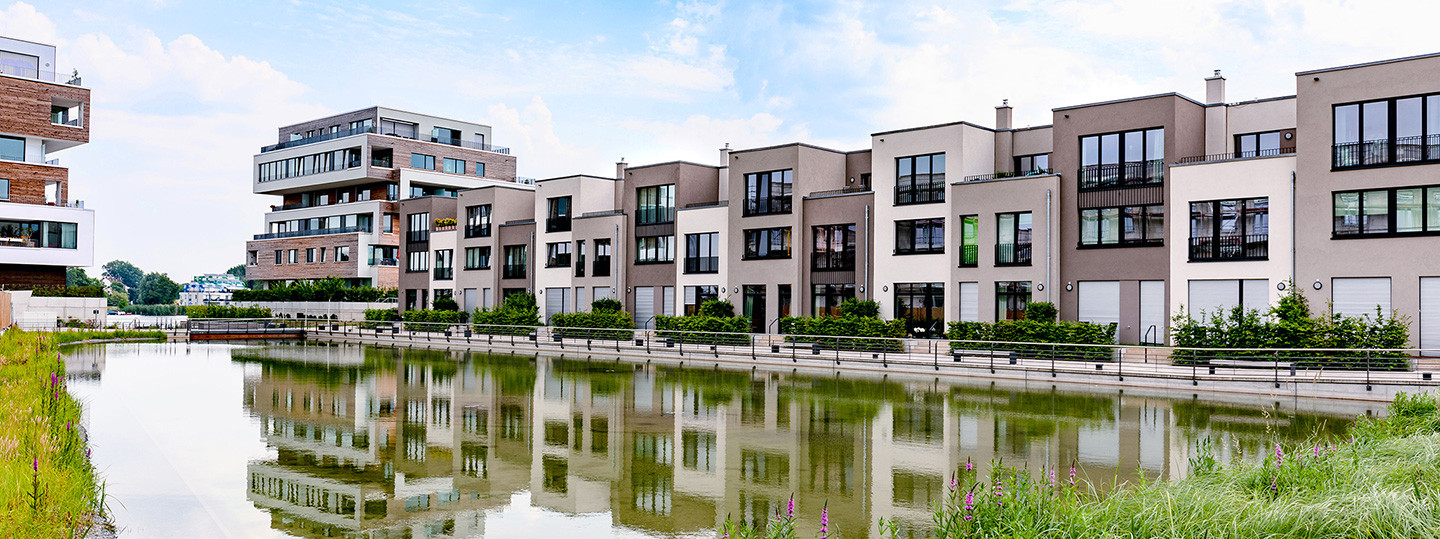
Berlin Energy Days: approaches for green, efficient and resilient heat supply in practice
- At the Berlin Energy Days, the panel from ENGIE Germany made it clear that the success of the heat transition also depends on the creativity of the players.
- The experts show that the biggest obstacles are not the technology, but a lack of willingness to invest and poorly coordinated planning in the municipal environment
Berlin - More than half of the energy in Germany is used to provide heat. This makes the heat transition a major challenge for cities, municipal utilities, the real estate sector and the industry. How can the heat demand be reduced? How should heat be generated in the future, and where should the green fuels come from? At the Berlin Energy Days, Christian Noll, executive director of the German Business Initiative for Energy Efficiency (DENEFF), and Dr. Frank Höpner, member of the management board of ENGIE Deutschland, analyzed with experts how the heat turnaround can work in practice under the motto "File X Heat Turnaround".
Peter Mellwig, head of the "Energy" department at ifeu - Institut für Energie- und Umweltforschung Heidelberg GmbH (Institute for Energy and Environmental Research Heidelberg GmbH), explained in a fact check what follows from the German government's scenarios for the framework of the heat turnaround. The heat demand in buildings is to be reduced by 30 to 50%, among other things through energy-related renovation measures. Existing heating networks are to be made more efficient and further expanded. Renewable energies are to be increasingly used in heat pumps and other technologies. Hydrogen, on the other hand, will hardly play a role as an energy carrier in decentralized heat supply, according to his assessment.
Practical examples: New orientation for heating projects
Afterwards, several experts used practical examples to highlight where they see important impetus for the implementation of the heat turnaround, but also decisive obstacles. Anselm Laube, Managing Director of Energieagentur Kreis Ludwigsburg LEA e.V., used the example of the Solnet Steinheim project to illustrate the efficiency of a newly planned district heating network. The required heat is generated from a combination of pellet boiler, solar thermal system and heat pump and can be provided largely from local renewable energy sources. "An efficient heat network is only possible with efficient houses," Laube is convinced. Only when the buildings themselves consume little energy and you match building efficiency with that of the heating network can a district heating network also be operated at lower temperatures.
Stefan Schwan, head of the Energy Solutions business unit at ENGIE Deutschland, noted that heating projects have taken on a significantly different basic orientation in the past two years. New planning based on natural gas is no longer sufficient, he said. Customers already want promising alternatives. According to the equation "efficiency plus resilience equals creativity," heating projects have since included comprehensive technological innovations, such as near-surface geothermal energy, waste heat recovery from data centers, heating and cooling from one network, or even cold networks with significantly lowered supply temperatures.
Mastering the heat transition with novel and creative approaches
Dr. Lars Dittmann, Head of Department Climate Neutral Building Stock at Vonovia SE, outlined the strategic planning for the conversion of Germany's largest residential portfolio. In dense areas, a conversion to green district heating makes more sense than implementing many individual solutions. In less dense areas, heat pumps will be the solution; in less efficient buildings, accompanying upfront energy retrofits will be necessary. Regardless of whether the focus is on funding programs or on harmonizing the necessary expansion of the power grid and the densification of the heating grid: in each case, planning must be coordinated in an integrated manner between all parties involved.
Jörg Zander from the Charlottenburg-Wilmersdorf district office explained that a heat turnaround can only succeed if the focus is on existing buildings. Using the example of the Wilhelminian quarter of Mierendorff Island in Berlin, the diversity of heating technology became clear, ranging from gas floor heating systems to the use of the heat potential of wastewater or Spree water. The challenge, however, was not the diverse technology but rather the heterogeneous ownership structure and the individual unwillingness to invest and implement quickly. Accordingly, diversity is not the fast track to the heat turnaround.
Axel Popp, Head of Business Development for Heat Networks and Geothermal Energy at ENGIE Deutschland, explained how cooperations for the heat turnaround can look. When it comes to the heat transition, the public sector should rely on professionals who are strong in implementation. Energy service providers have the expertise to optimize the expensive investments in plant technology and possible energy industry risks in generation and sales through extensive creativity as early as the planning phase of heating projects. Municipalities should use their resources to make the basic decisions and, for example, determine the supply on the basis of district heating or decentralized technology solutions for specific localities and balance the different willingness to invest on the part of owners of older single-family home areas or local housing associations for municipal heating planning.
Your contact
ENGIE Deutschland GmbH